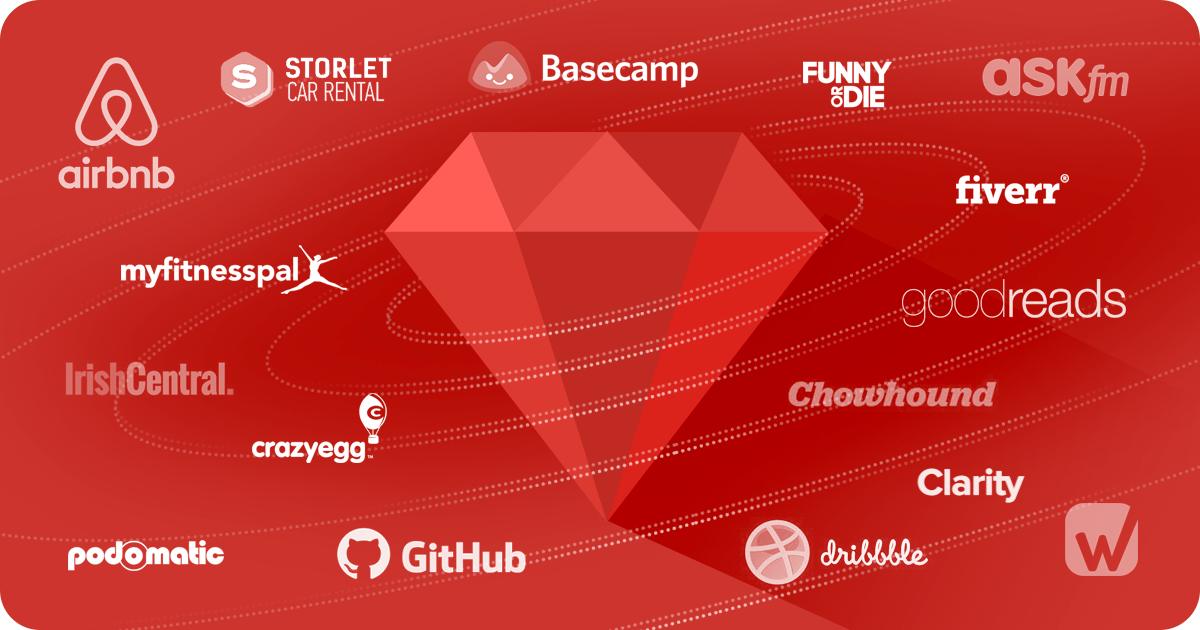In recent years, demand in the healthcare industry has been rapidly shifting towards digital advancements. It has started adopting significant transformation with various futuristic technologies such as AI, ML, IOT, and many more. There are various benefits of using advanced technologies to make your work faster, better, and more effective. Just like this, only the healthcare industry has witnessed a huge transformation by integrating buying healthcare IOT applications with Ruby on Rails, which could lead to a greater result. Ruby on Rails is the all-time favorite choice for businesses to build powerful and efficient IOT-based healthcare applications.
This blog will discuss some of the best practices to remember while building healthcare IOT applications.
Table of Contents
High security:
We know that in the healthcare industry, data security plays a huge role, and to ensure that Ruby on Rails follows the best practice when employing SSL/TLS protocols to encrypt data in transit and enforces best secure coding practices to protect sensible information. It also allows Ruby on Rails developers to implement a robust authentication and authorization mechanism to manage all the patient data to ensure compliance with healthcare regulations.
Data Interoperability:
It is said that Healthcare IOT applications need to integrate with various devices such as EHR systems and many other third-party services. So, it is advisable to build applications focusing on data interoperability while utilizing standard healthcare data exchange formats such as HL7 and FHIT. Also, leveraging Ruby gems or libraries simplifies the integration process and makes it effective.
Real-time Data Processing:
The essence of healthcare IOT lies in the processing of data and businesses. When planning to hire Ruby on Rails developers, the core objective would be to make them aware of utilizing ROR’s asynchronous processing capability to handle large sets of real-time data efficiently. Also, it implements background jobs for time-consuming tasks and ensures that the application remains responsive and processes data from an IOT device without delay.
High scalability and performance:
One of the best practices for building Healthcare IoT Applications with Ruby on Rails is to place a growing influx of data and users. Here, Ruby on Rails developers can use the scalability feature of Rails, such as caching strategy and horizontal scaling, etc. Also, it helps in optimizing the database queries, which utilize the content delivery network for static assets, and considers using microservices architecture for effective scalability and maintainability.
Device Management:
As we all know, efficient device management in healthcare IoT applications is difficult. Implement a divided registration and management system to track and get updates from the connected devices. Also, Rails developers should keep in mind utilizing backend tasks to check the day-to-day status of all devices and ensure timely detection is used to handle any upcoming issues. Implementing a device authentication mechanism also helps in preventing unauthorized access.
Appealing User-friendly interfaces:
Also, design and build intuitive and user-friendly web applications, considering the wide range of healthcare professionals using applications daily. Here, prioritize usability and accessibility to ensure users can easily navigate and interpret data. Also, rails developers should use built-in tools for frontend development or integrate with popular frameworks like React or vue js to enhance interactivity.
Testing and quality check:
With the help of testing, Ruby on Rails developers can ensure the accuracy and reliability of data. Practice comprehensive testing strategies like unit testing, integration tests, and end-to-end tests. Also, it is suggested that you use RSpec and FactoryBot to make your testing process smooth and easy. Consider implementing continuous integration and continuous deployment to make automated testing and deployment workflow.
Compliance and Regulation:
So, while Building Healthcare IoT Applications with Ruby on Rails, few healthcare applications must adhere to strict regulatory requirements, including HIPAA in the United States and GDPR in Europe. Stay informed about the latest regulatory changes and ensure your Ruby on Rails application complies with all relevant standards. Regularly audit your application for compliance and update security measures accordingly.
Conclusion
Thus, we can conclude that building healthcare IoT applications with Ruby on Rails presents a unique set of challenges and considerations. By prioritizing the best practices mentioned above, a team of Ror developers can build robust and reliable web solutions that contribute to delivering an advanced patient care system. As Ruby on Rails technology continues to play a pivotal role in healthcare, carefully applying these best practices ensures that healthcare IoT applications built with Ruby on Rails meet the highest standards of quality and reliability. For a better understanding and implementation, getting in touch with a leading Ruby on Rails development company excelling in effectively building high-end web solutions is advisable.
Author Bio:
Chandresh Patel is a CEO, Agile coach, and founder of Bacancy Technology. His truly entrepreneurial spirit, skillful expertise, and extensive knowledge in Agile software development services have helped the organization to achieve new heights of success. Chandresh is fronting the organization into global markets in a systematic, innovative, and collaborative way to fulfill custom software development needs and provide optimum quality.








